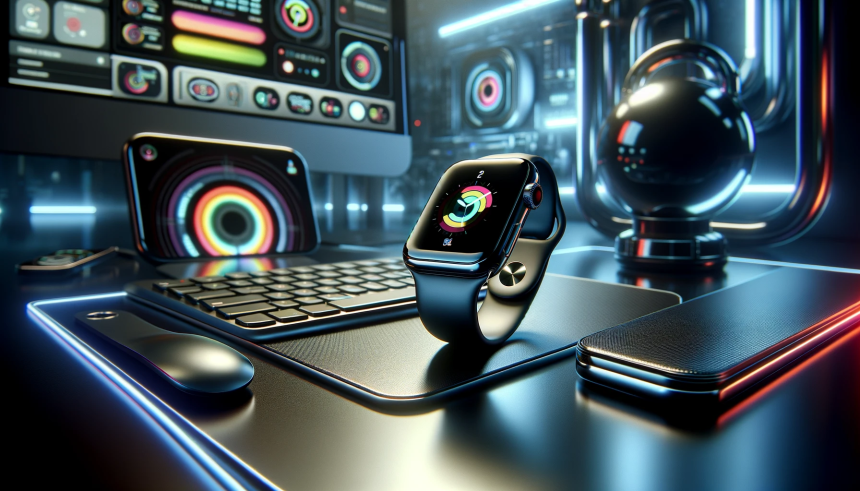Apple continues to innovate in wearable technology with discussions about adding a camera to the Apple Watch. Speculations on this feature are stirring excitement and curiosity among tech enthusiasts and consumers alike. If integrated, this development could open up new functionalities, such as video calling and enhanced security features through facial recognition. However, questions about design changes, privacy implications, and battery performance remain under consideration.
Apple Watch’s journey has seen significant changes over time, evolving from a health-focused device to a multifunctional companion with features like ECG monitoring and sleep tracking. Previously, enhancements mainly focused on health and connectivity, setting the standard for wearable tech. The prospect of a built-in camera marks a shift toward more interactive and versatile capabilities, potentially influencing future product development in the wearable market.
Why is a Camera in Apple Watch Important?
A camera in the Apple Watch would introduce several novel uses. It would not only cater to personal usage but also expand professional opportunities for its users. This feature could facilitate on-the-go video calls without needing other devices, offering convenience for users looking for seamless communication options. It could also enhance emergency features by allowing instant image sharing during critical situations.
What Design Challenges Could Apple Face?
Incorporating a camera involves addressing intricate design challenges. The addition of new hardware components must be achieved without compromising the sleek design and lightweight feel that Apple Watch users appreciate. The design team will likely prioritize maintaining battery efficiency and water resistance while accommodating the sensor’s size and functionality. Balancing these competing interests might require groundbreaking solutions.
How Will Privacy and Security Be Managed?
The introduction of a camera raises concerns about user privacy and data security. Apple has maintained a strong stance on privacy, suggesting that any new feature would continue to have robust protections. Measures will likely include user consent for camera access and secure data encryption. Apple’s approach will need to be thoroughly transparent to earn user trust in this capability.
As Apple considers implementing a camera in its smartwatch, insights can be drawn from existing models that involve similar diversifications. Google Glass, for instance, provided valuable lessons on privacy perceptions and design demands of camera-equipped wearables. The potential introduction of a camera marks a pivotal moment in the evolution of the Apple Watch, merging the lines between smartwatches and smartphones. Developers must remain attentive to user feedback to ensure that functionality and usability align with customer expectations.










